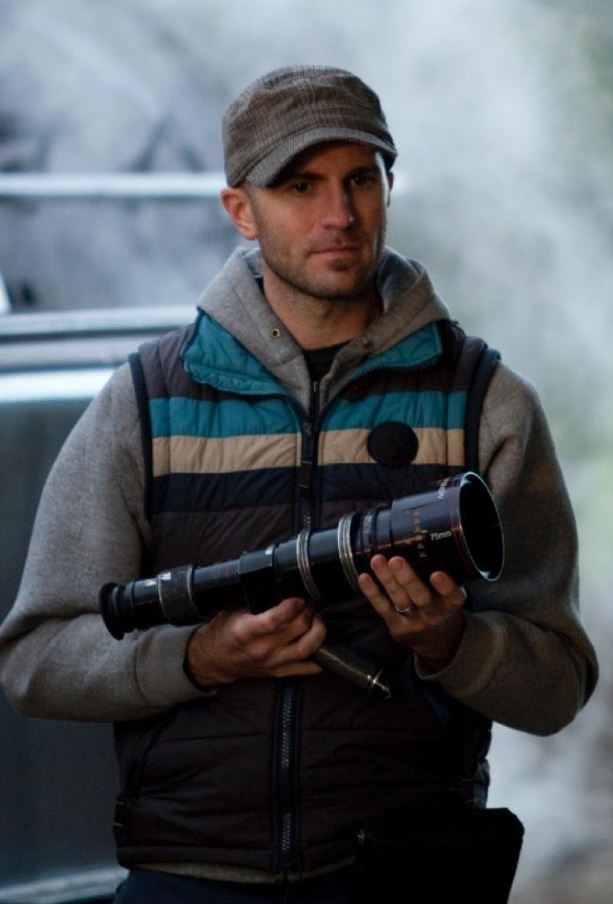This little clip shows whats required on a shot in 21 Points. We are pretty excited to post shots that are from the plates we shot in May.
Typical To-Do list for a shot in 21 Points
- Actor's mocap is cleaned and re-targeted to the robot
- actor is removed from the shot
- Face expressions are added by manual keyframing
- Robot is rendered and composited into the shot including adding shadows on back wall
- CGI table tennis net is added.
- CG ball is added.
A little disclaimer - nothing we post here are final shots, animation is not final, grade is basic but it does give a good idea of where we are going.


